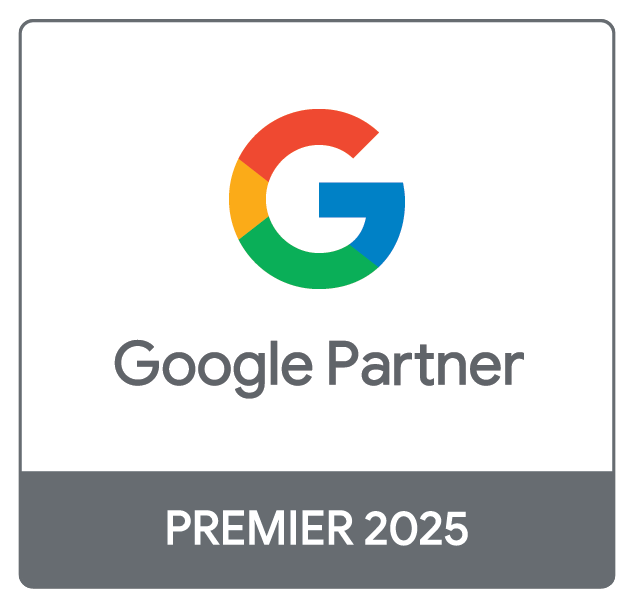Looking into getting a new website for your business is an exciting time. You want to get stuck in and be involved in the process with your web designer but you’re a bit overwhelmed by all of the jargon. Sound familiar?
We understand. That’s why we’ve put together this list of website design and development jargon that will help you navigate your way through those upcoming meetings.
General terms / Acronyms
CMS
A CMS or Content Management System, is a program that allows you to manage digital content, including the creation and modification of it. Examples include: WordPress, Joomla and Drupal.
CTA
This acronym stands for “call to action”. It refers to a part of the website designed to get the user to perform a specific act, typically enquiring via a form or telephone.
PPC
Pay-per-click marketing - an internet advertising method used to drive traffic to websites, in which an advertiser only pays the publisher when the advert is clicked by a user.
SEO
Search engine optimisation (SEO) is the process of improving the quality and quantity of traffic to a website from search engines such as Google and Bing. SEO targets unpaid traffic rather than direct traffic or paid traffic. For example, the main body copy on each page contains keywords that help the search engine to know what the page is about and therefore how relevant it is to the user's search.
Slug
The slug of a page is the last part of the website address that differs from page to page. For example, for https://www.adtrak.co.uk/contact/ “contact” would be the slug.
SSL
SSL stands for Secure Sockets Layer- it creates an encrypted link between a web server and a web browser. This ensures the safety and confidentiality of customer information. If a website is secure it will have a little padlock next to the URL on your browser.
UI
Standing for user interface, this is the way in which a person interacts with a website. For example, inputting their details into a form.
UX
This stands for user experience. It’s a user's overall experience interacting with a website or computer application. Usually measured by how user-friendly or easy it is to use.
Website-specific Terms
Back-end
The “back-end” of a website is the part where the content is editable - this part requires the editor to log in and is not visible to general users.
Breadcrumbs
Breadcrumbs are a navigational aid that is displayed on the website to help the user keep track of the page they’re interacting with in relation to its hierarchy.
Favicon
A favicon is the small image that appears in browser tabs, bookmarks, and other areas of a website. It's typically a simplified version of the website's logo or icon.
Front-end
What we call the “front-end” of the website is the part that is visible to its users. In other words, it is the design of the website.
Footer
The footer is the bottom part of the website that is present on every page and usually does not differ from page to page. It often contains information about the company, for example company address or opening times, and other useful information.
Header
The header is the top part of the website, usually containing the company logo, navigation and a call to action. It is present on every page and usually does not differ from page to page.
Hero
The part of a website that we call the “hero” is the section just after the header. It changes from page to page and usually contains the page title, a brief description of the page, a featured image and a call to action.
Navigation / Menu
As the name suggests, it is an ordered list of links to the pages on a website making it easier for a user to navigate to the page they wish to view.
Pages & Posts
Pages are used for static content, while posts are used for regularly updated content, like a blog. A website can have a combination of pages and posts.
Slider / Carousel
A slider is a collection of images and/or content blocks that can be navigated through in a rotary manner, usually using ‘next’ and ‘previous’ buttons but sometimes the slider is automated.
